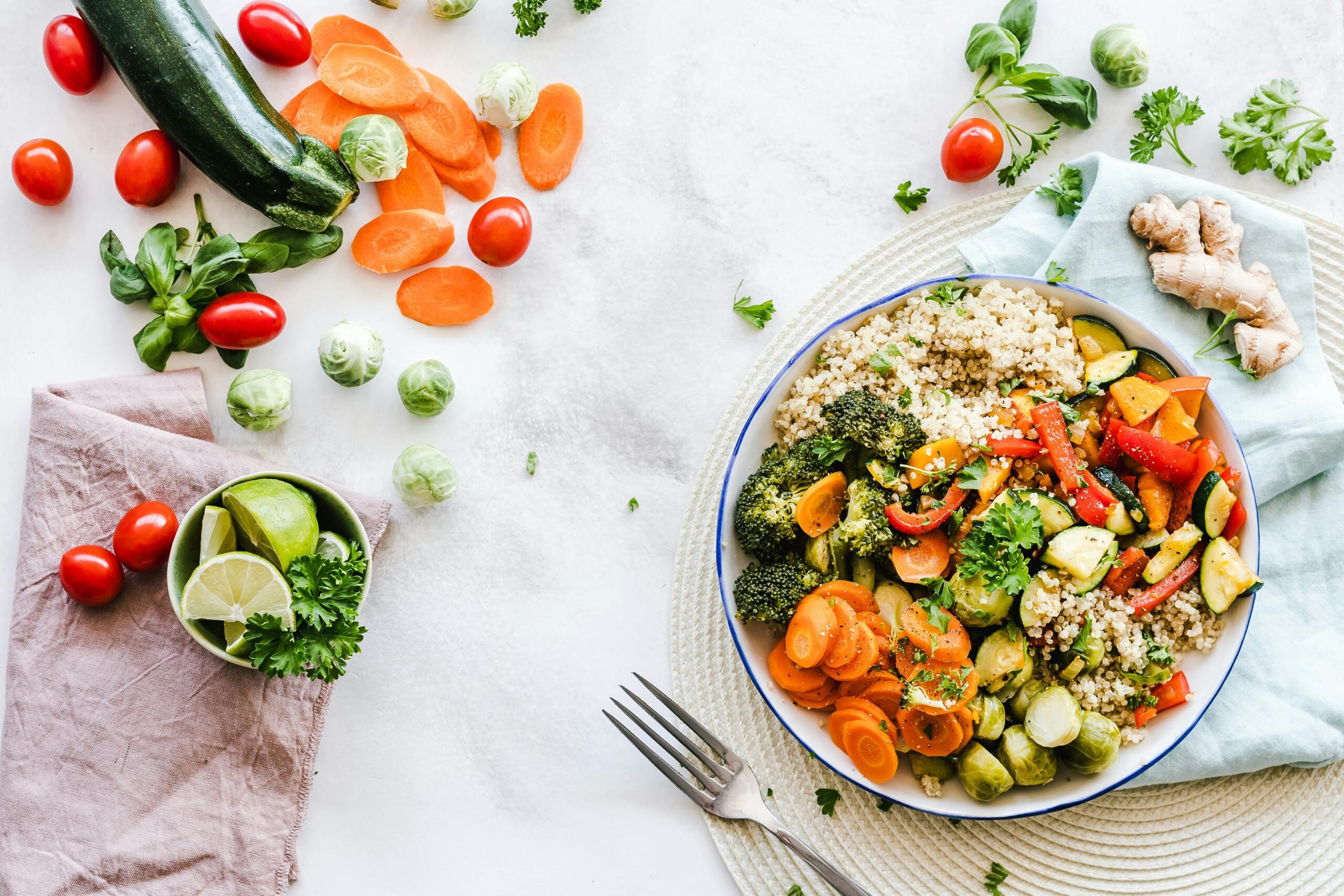In recent years, the plant-based movement has shifted from a niche lifestyle choice to a mainstream health and environmental priority. Whether motivated by wellness goals, ethical concerns, or a simple curiosity, more people are embracing a plant-based diet. The beauty of this approach lies in its versatility and nutrient richness. Plants offer an incredible spectrum of vitamins, minerals, antioxidants, and fiber essential for vibrant health.
But adopting a plant-based diet doesn’t mean complicated meal prep or sacrificing flavor. On the contrary, it’s about discovering simple, delicious recipes that nourish your body and satisfy your palate. This article will explore easy, nutrient-packed plant-based recipes and practical tips to help you power your day with wholesome ingredients no stress or overwhelm required.
1. The Foundation: Whole Foods for Maximum Nutrition
A plant-based diet shines brightest when it centers on whole, minimally processed foods. Fruits, vegetables, legumes, nuts, seeds, and whole grains form the foundation of nutrient-dense meals that fuel energy and support immune health.
Why Whole Foods Matter:
– High fiber content promotes digestive health and steady blood sugar.
– Rich antioxidants help combat inflammation and oxidative stress.
– Balanced macronutrients (carbs, protein, fat) support sustained fullness and muscle maintenance.
– Real-World Insight: A 2024 study from the American Journal of Clinical Nutrition found that individuals who consume a variety of whole plant foods daily experience improved heart health markers compared to those eating more processed options.
Actionable Tip:
Start your day with a simple bowl of oatmeal topped with chia seeds, fresh berries, and a dollop of nut butter. This combo delivers fiber, protein, and healthy fats—a perfect plant-based power breakfast.
2. Legumes: The Unsung Protein Heroes
Legumes like lentils, chickpeas, and black beans are nutritional powerhouses essential for anyone following a plant-based lifestyle. They provide ample protein, complex carbohydrates, and micronutrients such as iron and folate, making them a smart substitute for animal proteins.
Easy Recipe Idea: Lentil & Veggie Stew
– Sauté onions, garlic, and carrots.
– Add red lentils, diced tomatoes, and vegetable broth.
– Simmer until lentils soften, then stir in spinach and season with cumin and smoked paprika.
– Serve with whole-grain bread or brown rice.
Tip: Cooking lentils in bulk saves time and lets you mix them into salads, wraps, or soups throughout the week.
3. Nutrient Boosters: Seeds and Nuts
Though often overlooked, seeds and nuts play a crucial role in enhancing the nutritional profile of plant-based meals. Flaxseeds, chia seeds, walnuts, and almonds provide omega-3 fatty acids, vitamin E, magnesium, and protein.
How to Incorporate:
– Sprinkle ground flax or chia seeds over smoothies or yogurt alternatives.
– Use nut butters as spreads or in sauces for creamy texture and richness.
– Snack on a handful of mixed nuts for a quick energy boost.
Expert Quote: Nutritionist Dr. Maya Tiwari emphasizes, “Omega-3s from plant sources support brain function and cardiovascular health—critical nutrients for a balanced diet.”
4. Colorful Veggies: Eat the Rainbow
The vibrant hues of vegetables aren’t just visually appealing they indicate a range of phytonutrients that support different aspects of health. Red peppers pack vitamin C, leafy greens are rich in iron and calcium, while orange carrots provide beta-carotene.
Simple Stir-Fry Recipe:
– Heat sesame oil in a pan.
– Toss in broccoli, snap peas, bell peppers, and mushrooms.
– Stir-fry until tender-crisp.
– Add tofu or tempeh for protein, then drizzle with a sauce made from tamari, ginger, and garlic.
– Serve over quinoa or cauliflower rice.
– Eating a variety of colors ensures a broad spectrum of antioxidants, vitamins, and minerals, enhancing overall wellness.
5. Smart Swaps for Everyday Meals
Transitioning to plant-based eating doesn’t require reinventing your favorite dishes. Making smart ingredient swaps can boost nutrition and add flavor effortlessly.
Swap Ideas:
– Use mashed avocado instead of mayonnaise on sandwiches.
– Replace sour cream with blended silken tofu or cashew cream.
– Opt for spiralized zucchini noodles in place of pasta for a lighter option.
Personal Anecdote: When Samantha switched to plant-based meals, she found that swapping heavy cream for coconut milk in curries kept dishes rich without excess saturated fat, making her feel lighter and more energetic.
Conclusion: Power Up with Plants One Meal at a Time
Eating plant-based is more than a trend it’s a vibrant way to nourish your body, protect the environment, and enjoy delicious meals. By focusing on whole foods, leveraging the power of legumes, nuts, and seeds, embracing colorful veggies, and making smart swaps, you can easily create nutrient-packed dishes that fuel your life with energy and joy.
Remember, plant-based power isn’t about perfection it’s about progress and enjoyment. Start with one new recipe this week or add a handful of veggies to your plate today. Your body and taste buds will thank you.
Ready to experience the vibrant benefits of plant-based eating? Grab your apron and let’s get cooking!



